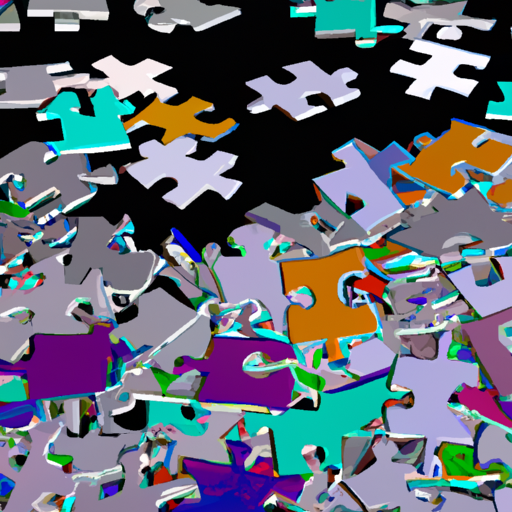Understanding Model Underfitting in AI: A Guide for Business Owners
Introduction
As an entrepreneur or business owner, it is essential to stay informed about various aspects of artificial intelligence (AI) that can impact your business operations. One crucial concept to grasp is model underfitting. In this article, we will delve into what model underfitting is, how it affects AI models, and why it is essential to address it in your AI implementation.

What is Model Underfitting?
In the context of AI, a model refers to a mathematical representation that predicts outcomes based on available data. Underfitting occurs when a model fails to capture the underlying patterns and relationships in the data, resulting in poor performance and inaccurate predictions. It typically happens when the model is too simple or lacks the necessary complexity to capture the true complexity of the underlying problem.
The Effects of Model Underfitting
When an AI model is underfit, it fails to learn from the data effectively, leading to several potential negative consequences for businesses. Here are a few noteworthy effects:
Inaccurate Predictions
Underfitting can significantly compromise the accuracy of predictions made by an AI model. This could result in incorrect decisions, misguided strategies, or unreliable forecasts, which could lead to suboptimal business outcomes.
Lost Opportunities
By underutilizing the available data, underfit models may fail to identify valuable patterns and insights that could be leveraged for business growth. As a result, businesses might miss out on new opportunities, potential cost savings, or enhanced operational efficiencies.
Diminished Customer Experience
In many cases, AI models are trained to improve customer experience by personalizing recommendations, targeting marketing efforts, or optimizing product offerings. However, underfitting can hinder these efforts, leading to inaccurate recommendations, irrelevant marketing, or unsatisfactory user experiences, potentially impacting customer satisfaction and loyalty.
Causes of Model Underfitting
Model underfitting can occur due to several reasons. Understanding these causes will help business owners identify potential pitfalls and take appropriate steps to address them. Here are some common causes:
Insufficient Data
One frequent cause of underfitting is insufficient or poor-quality data. Limited data may fail to capture the complexity of the underlying problem, making it challenging for the model to learn accurately. Collecting more relevant data or improving data quality can help mitigate this cause of underfitting.
Overly Simplistic Model Architecture
Sometimes, the chosen AI model may not have enough complexity to capture the underlying relationships in the data. If the model's architecture is too simple or lacks essential features, it will struggle to produce accurate predictions. Utilizing more advanced models or adding complexity to the existing model can help overcome this issue.
Over-regularization
Regularization techniques, such as L1 or L2 regularization, are commonly used to prevent overfitting (a situation where the model is too complex and memorizes the training data but fails to generalize to new instances). However, excessive use of regularization can lead to underfitting. Adjusting regularization parameters or exploring different regularization methods can help find the right balance.
Dealing with Model Underfitting
Addressing model underfitting is crucial to ensure optimal performance and accurate predictions of AI models. Here are a few strategies to combat underfitting:
Collect Sufficient and High-Quality Data
- Ensure that you have enough data to accurately represent the problem you are trying to solve.
- Focus on data quality, ensuring it is relevant, accurate, and comprehensive.
- If necessary, consider acquiring data from external sources to supplement your existing dataset.
Experiment with Model Complexity
- If you suspect that your model is too simple and cannot grasp the underlying relationships, try working with more complex models or adding additional features to your existing model.
- Experimentation with different architectures can help identify the most suitable model complexity for your specific use case.
Fine-tune Regularization Techniques
- While regularization is essential to prevent overfitting, adjust the regularization parameters to strike the right balance.
- Regularly monitoring and fine-tuning regularization methods can help mitigate underfitting caused by excessive regularization.
Seek Expert Assistance
- If you lack the in-house expertise to address underfitting effectively, consider seeking assistance from AI professionals, data scientists, or AI consultants.
- They can provide invaluable insights, guidance, and expertise to analyze and resolve underfitting issues specific to your business requirements.
Conclusion
Model underfitting can have detrimental effects on AI models and ultimately impact business outcomes. By understanding its causes and taking appropriate steps to address it, business owners can ensure their AI implementations are accurate, reliable, and drive meaningful results. Remember, collecting sufficient and high-quality data, experimenting with model complexity, fine-tuning regularization, and seeking expert assistance are all valuable strategies to combat underfitting and maximize the potential of your AI models.